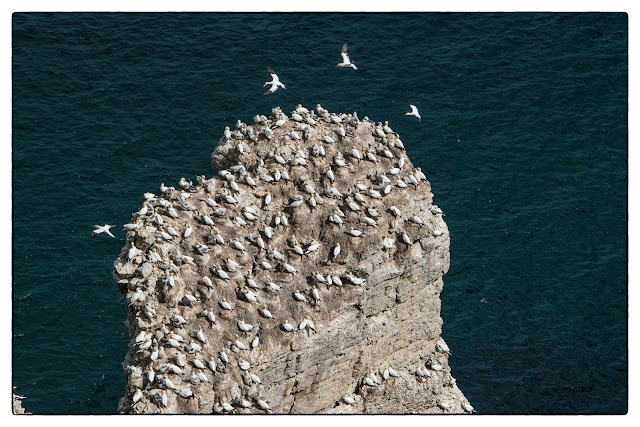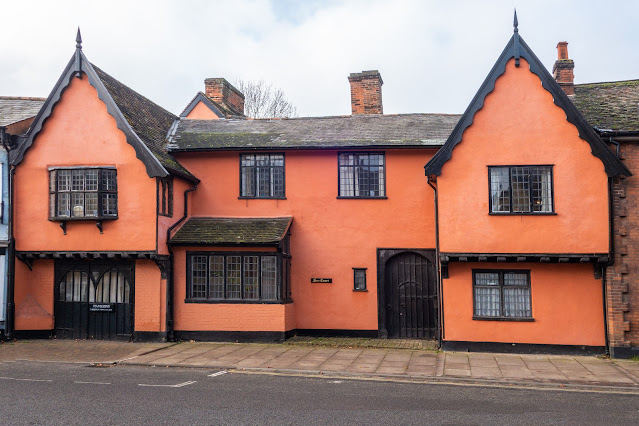Bempton Cliffs and Flamborough Headland
We were looking forward to our trip to Bempton Cliffs, which is a nature reserve, run by the RSPB. It is best known for its breeding seabirds, including northern gannet, Atlantic puffin, razorbill, common guillemot, black-legged kittiwake and fulmar.The hard chalk cliffs at Bempton are relatively resistant to erosion and offer lots of sheltered headlands and crevices for nesting birds. The cliffs run about 6 miles (10 km) from Flamborough Head north and are over 100 metres (330 ft) high at points.
Our visit to Bempton Cliffs was pure magic! There are good walkways along the top of the cliffs and several well fenced and protected observation points. We spent a great morning there and soaked up the magic of being so close to these wonderful birds. A `must` visit if in the area.
One of the many Gannets swooping past the cliff face.
I think you are getting too close..
Looking down on a Gannet swooping into it`s nest site.
Hello, a stranger approaches.
Following on from Bempton, we travelled a little further down the coast to Flamborough Headland. This was the view from just below the lighthouse.
... and this is the lighthouse. A lighthouse was first built on the Flamborough Headland in 1669 but was never lit. The current lighthouse was built in 1806 and acts as a waypoint for deep sea vessels and coastal traffic as well as marking the Flamborough Headland for vessels heading for the ports of Scarborough and Bridlington.
Two lighthouses can be found at Flamborough Head. The old 'lighthouse' is set a short distance back from the sea, the 'new' one is built on the cliff edge.
The chalk tower is the only surviving light tower in England; Spurn's Seventeenth lighthouses may have looked like this. It was designed for a brushwood fire to have been burnt on top, although it is unknown whether or not it was ever lit. The octagonal tower has several windows and a ground floor fireplace so it was possible lived in.
It was 130 years before a lighthouse was built on Flamborough. The 'old' lighthouse was built after over 170 ships had been wrecked off the headland in 36 years. In 1925 it was made taller to fit a new 15 foot lens and converted from oil to electricity in 1940.
It has a range of 24 nautical miles and is one of only 72 lighthouses still in use around Britain's coast today. Now it is fully automated.











Comments